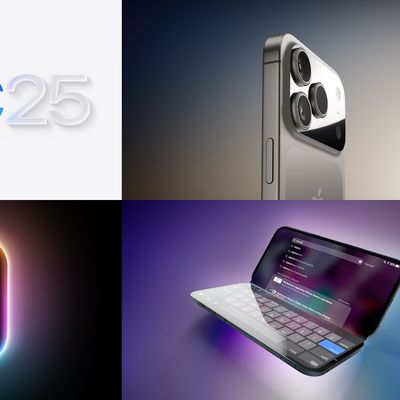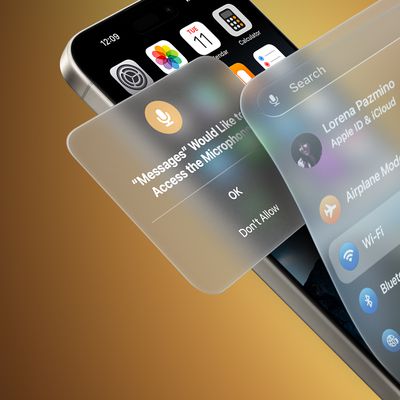Google has internally kickstarted the development of an augmented reality headset that will "blend computer graphics with a video feed of the real world" to deliver an immersive AR experience, with a launch tentatively set for 2024, according to a report from The Verge.

The report describes the headset, codenamed Project Iris, as a "tightly kept secret" at Google with around 300 employees working on the project. Project Iris will use an array of sensors and cameras to project computer-generated content onto the real world.
One technical challenge of such headsets is being able to compute complicated 3D environments using high-performance mobile chipsets. A custom Google processor will reportedly power Project Iris, but even that may not be enough as the report suggests Google could offload some performance to data centers to render content.
On the software side, the headset will be powered by Android, although Google job listings indicate a new operating system specifically designed for AR could be under development.
Google's past attempts at augmented and virtual reality include Google Glass, Google Cardboard, and Daydream, but none ever went mainstream. The development of Project Iris comes as competition builds in the emerging AR industry as Meta, Apple, and now Google begin planning for future dominance.
Apple has been hard at work on its first AR headset. The headset will be Apple's first major new product category since the Apple Watch and will also be the company's first major push in the VR and AR space.
Apple's headset, yet to be named, could see a public launch as soon as this year, but recent reporting suggests Apple is facing thermal concerns with the headset, threatening a delay until 2023. Learn more about Apple's VR and AR plans with our dedicated roundup.






















